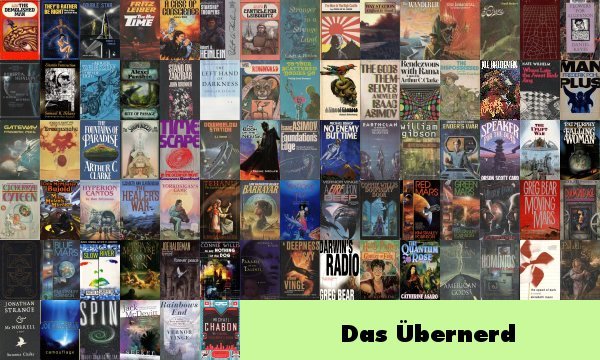 The Ring of the Nibelung
The Ring of the Nibelungby P. Craig Russell
2001 Eisner Winner for Best Limited Series
I love going to the opera. Seeing the performance on stage is a much more engaging experience than simply listening to the music alone. About a year before I began this blog I moved from a major city to a remote location and the thing I miss the most about the city is going to the opera. There is something that the locals call an opera company in the area: they put on two performances a year and sing in English. I'm far from a purist (I prefer to have the subtitles projected above the stage, for example) but changing the lyrics is over the line for me. So when I say that Russell's adaptation of Wagner's The Ring of the Nibelung is exactly like a great performance in comic book form that is the highest compliment that I can give the book.
Even with all of my affection for opera I have not had a chance to watch Wagner's Ring cycle though I know the story from other references. For those completely unfamiliar with then Der Ring des Nibelungen (to use the German name) they are a set of four operas which make up a mythic cycle. Each opera can stand on its own but together they form a saga. It's a story of gods, heroes, monsters, love, and betrayal.
To keep the synopsis simple, an evil dwarf creates a ring whose wearer can control the world. The ring is a corruptive force in the hands of anyone other than its master. Wotan as the king of gods finds himself repeatedly trapped between his promises and desires. Everyone attempts to manipulate heroes in order to obtain the ring.
Something needs to be made clear right from the start with Russell's adaptation: it is an adaptation of the opera and not the story. The difference between the two is that an opera is formatted for a stage performance while a story can be free to drift about where ever it is necessary. An opera has to feature long sections of people singing the plot, the story can use narration. The pacing is radically different between the two. So Russell's The Ring of the Nibelung carries over that structure and the results may put off someone expecting something traditional it captures the flavor of a stage performance wonderfully.
Each issue of the comic corresponds to an act of the opera. That isolates the action to effectively one set for that issue and the narrative has to flow smoothly around that location. The dialog is structured so that the solos in the opera connect to the monologues in the comic. Russell also maintains a lyrical form for much of the dialog which helps keep the feeling of an opera in his work.
Similar to the narrative structure Russell's art also reflects his focus on making The Ring of the Nibelung as close to a stage performance as possible. The focus for most of the scenes is how the characters act together; facial expressions and posing them so that they help convey the story. When it comes time to switch to action things become very theatrical and simple. Russell's dragon, for example, could be a man in a costume.
If you do read The Ring of the Nibelung then I recommend treating it as a companion piece to Wagner's music. The pacing of the comic pages won't allow you to listen to a complete act while following along with the comic (especially during the forth opera Götterdämmerung). Still you'll find the connection between the music and how Russell builds the comic if you do this and that is something worth seeing.
Taken in isolation Russell's The Ring of the Nibelung is a clumsy, unwieldy thing. However with the context of the original opera then it is an astounding work. In terms of visually presenting the story it is the next best thing to seeing the opera performed and for that reason I recommend it. This is not the only operatic adaptation that Russell has created and I plan on getting the rest of them.

